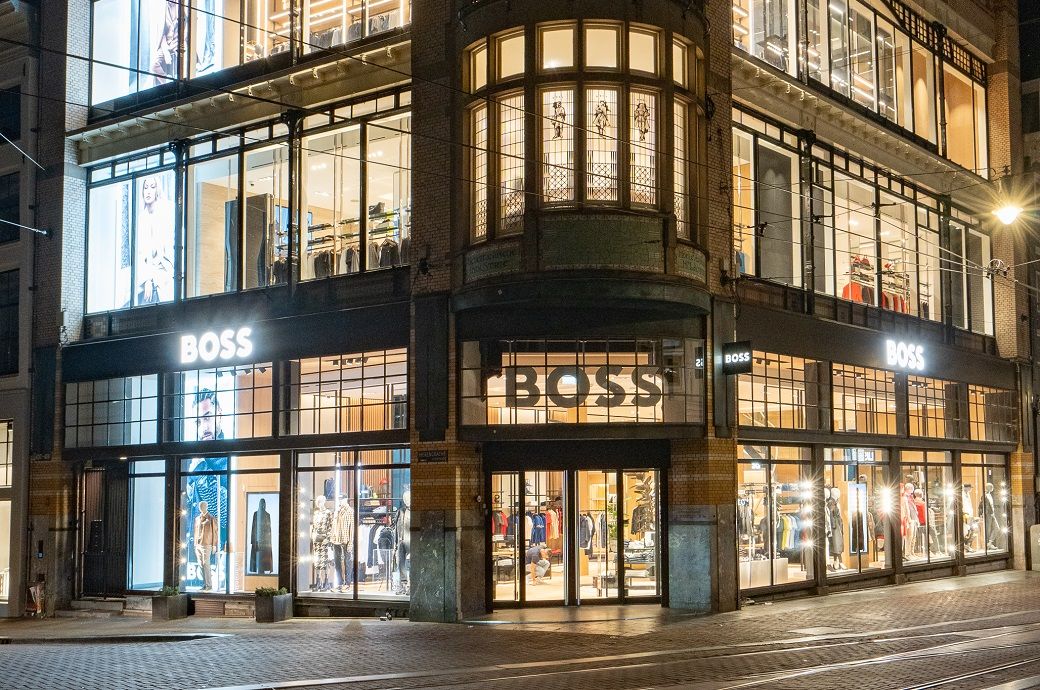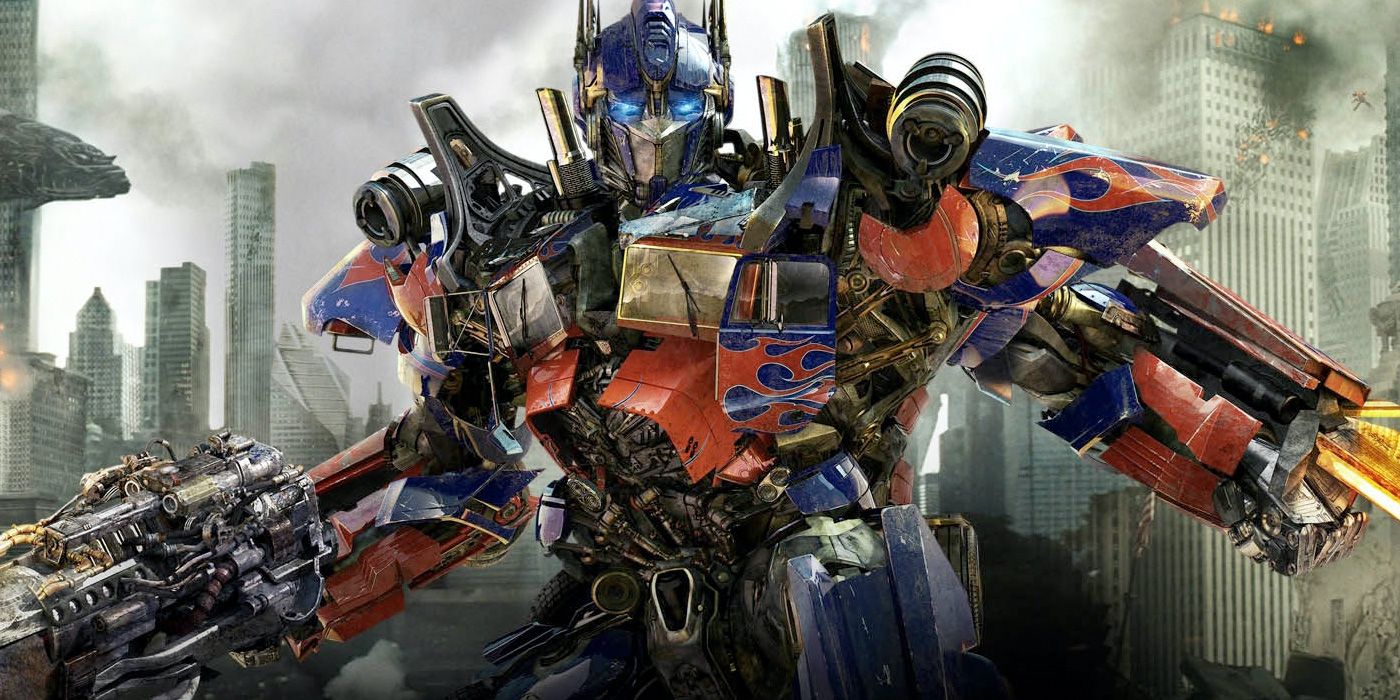Is A.I. the start of the “4th industrial revolution” or another dot-com bubble? It could be both.
When OpenAI’s generative A.I. chatbot, ChatGPT, pulled in over 100 million users in under two months after its release in November, the eyes of both Wall Street and Main Street locked onto the new technology. Microsoft darted in to tack on another $10 billion to its initial investment in OpenAI in a move that suggested, finally, a challenge to Google’s search dominance. Alphabet, Google’s parent company, responded by releasing its own generative A.I. chatbot, Bard, and the market was so rapt by the evolving A.I. race that a minor mistake during its rollout sparked a selloff that took $100 billion off Alphabet’s market cap in a single day.
The tendency of generative A.I. systems based on “large language models” like Bard and ChatGPT to make mistakes and go off script is a key issue here. These “hallucinations,” along with the potential for A.I. as a whole to steal jobs or empower bad actors to spread misinformation, have billionaires such as Elon Musk warning that A.I. could cause the “destruction” of civilization. And yet, the Tesla CEO has also argued that the technology could boost worker productivity, leading to an “age of abundance.” Senate Majority Leader Chuck Schumer has also said the rise of A.I. clearly amounts to a “moment of revolution” that will “transform life on Earth.” But the New York senator admits that Congress needs to do more to regulate the technology and its future is far from certain.
And, of course, there’s a lot of money at stake. Look no further than Nvidia, whose shares are up more than 190% this year, making the semiconductor giant the newest member of the $1 trillion market cap club. For analysts predicting an A.I. “gold rush,” Nvidia’s chips represent the “picks and shovels” of the modern era.
Despite stubborn inflation and rising interest rates that typically weigh on growth focused tech stocks, A.I.-linked equities like Nvidia have surged in 2023, helping the S&P 500 jump more than 16% this year. Microsoft, for its part, has also surged more than 40% year-to-date, and the Global X Robotics & Artificial Intelligence ETF, which tracks stocks linked to A.I., has managed a similar 40% plus rise.
Robert Marks, an electrical and computer engineering professor at Baylor University, is unconvinced by the enthusiasm. “We’re in a hype curve—a bubble,” he told Fortune. “And I think that people have to slow down and be a bit more sober in terms of their thinking.”
And David Trainer, founder of the investment research firm New Constructs, says the craze over A.I. reminds him of the meteoric rise of cryptocurrencies and meme stocks during the pandemic, or even the dot-com era of the early 2000s that wiped out some $5 trillion of investors’ cash when it finally blew, triggering a brief but recession at the start of the new century.
The veteran analyst warned that investors seeking to profit from the A.I. era may end up disappointed, especially if they don’t pay attention to valuations and earnings.
“I think that we’re seeing just one fad after another. It’s FOMO and more and more stocks are moving to ridiculous heights…investors just have to be really careful,” he told Fortune, using the acronym for fear of missing out.
The classic hype curve
Believe it or not, A.I. hype is nothing new. In 1958, The New York Times published an article titled “New Navy Device Learns By Doing; Psychologist Shows Embryo of Computer Designed to Read and Grow Wiser” that described Frank Rosenblatt’s “Perceptron” robot, which the Navy said would soon “walk, talk, see, write, reproduce itself and be conscious of its existence.”
Rosenblatt, a Cornell University researcher and professor, was certainly doing some pioneering work at the time—he’s even credited by some as the “father of deep learning” for developing some of the basic ingredients that are used in generative A.I. today. But despite the Perceptron being touted by the media—including The New Yorker, which labeled it the “first serious rival to the human brain”—the “robot” was really just a first step in the journey towards useful A.I. technology, a basic computer program run on a 5-ton IBM computer.
“We’ve always had this hype around A.I.,” Marks told Fortune, referencing the Perceptron. The professor said part of the reason investors and consumers are so caught up in the trend is generative A.I.’s ability to replicate humans. “There’s a lot of psychological aspects to the hype around artificial intelligence,” he noted.
Systems like ChatGPT and Bard’s use “seductive optics” and eerie mimicry to appear more intelligent than they really are, said Marks, who is also director of the Walter Bradley Center for Natural & Artificial Intelligence and has written multiple books on A.I.
This psychological aspect of A.I. has helped push the hype surrounding the technology to a new, unsustainable level, according to the professor, and represents another example of the classic hype curve seen after every new technological advancement since the industrial revolution.
“There’s always a hype curve,” he explained. “There’s a rise, then a peak of hype. Then there’s a recognition of the limitations of the new technology, and people begin to realize that because of these limitations, the hype is overdone. And then there’s a depth of cynicism, and that eventually generates an asymptote of reality.”
Are investors overreaching as the A.I. hype curve peaks?
For investors, it can be difficult to avoid getting sucked into the A.I. hype. Wall Street is all over the trend, with Morgan Stanley lauding its potential to “usher in a new era of productivity” and BlackRock CEO Larry Fink arguing the tech will boost margins and help fight inflation.
Wedbush tech analyst Dan Ives has labeled the rise of generative A.I. technology the “start of a 4th Industrial Revolution,” arguing it will help push tech stocks to new heights this year, even after the Nasdaq Composite’s roughly 30% year-to-date gain.
Ives, who is known for his bullish tech predictions, believes A.I. has kicked off a tech boom not seen since the dotcom era of the late ‘90s. And he argues it’s “1995…not 1999,” meaning the party for investors is just getting started. After all, between 1995 and March 2000, when the tech bubble burst, the Nasdaq Composite soared 400% as investors sought to take advantage of the start of the internet age.
New Constructs’ David Trainer admitted that it’s hard to tell how long this new “fad” is going to last. “We’ve already seen some of these stocks go up by absurd amounts, that no one in their right mind would really ever try to justify from a fundamental perspective,” he noted.
Trainer has previously discussed the rise of Nvidia, telling Fortune late last month that the stock was “priced for fantasy.” The semiconductor giant has a forward price to earnings ratio of 55x, roughly twice the level of the wider tech sector. But Trainer fears Wall Street is no longer worried about “fundamentals”—the underlying factors that lead to a business’ long-term success, such as cash flows and profits.
“There’s a very large school of thought in the institutional [analyst] business that fundamentals don’t matter,” he explained. “They’ll say, ‘If you think about fundamentals too much, you’re gonna miss out on opportunities.’”
Trainer warned that during periods like today when investors are experiencing “FOMO,” and listening to Wall Street’s bullish calls that disregard fundamentals, irrational behavior can continue for longer than expected. “When this all becomes as pervasive as it’s become, then it’s fair to say, I don’t know when fundamentals are gonna matter,” he said.
But the veteran analyst, who started his career at Credit Suisse during the dotcom era, did offer a warning based on his experience with investing fads. “If you want to be in the game where you’re trying to chase those returns and be part of the FOMO crowd, just understand the kind of risk you’re taking,” he said. “At some point, it’s going to reverse and you need to make sure you’re not around by the time that happens.”
Squaring the hype with A.I.’s long-term potential
While some argue that the recent A.I. hype is overdone, there is also a general consensus among experts that it’s a game-changing technology. And a June report from the consulting firm McKinsey found, by measuring 63 generative A.I. use cases, from marketing and sales operations to software engineering, that the technology could add $2.6 trillion to $4.4 trillion in value to the global economy annually.
There’s also evidence A.I. is being used by consumers and in the business world more every day. Major League Baseball, for example, is now working with biomechanics company Uplift Labs to implement A.I. tech for player scouting, and NASA is developing generative A.I. systems that will enable astronauts to “have conversational interactions with space vehicles” on the Lunar Gateway, a space station that will orbit the moon and is scheduled to launch in 2028 as part of the Artemis Program. A recent Bank of America survey even found that 59% of U.S. internet users already use ChatGPT, and some 40% are using generative A.I. chatbots multiple times per week.
Even Marks, who authored a book titled The Case for Killer Robots, said that although A.I. should be regulated immediately to avoid potential nightmare scenarios in which bad actors use the technology to harm the public, it also has potential to help humanity.
“A.I. is going to be incorporated into our society, it’s not going to be a dystopian future, like a lot of people say it’s going to,” he said. “It’s going to be disruptive. Of course, new technology is always disruptive, but I think it’s going to ultimately make our lives a lot easier.”
And while investors may be getting ahead of themselves when it comes to many A.I.-linked stocks, New Constructs’ Trainer also believes in the technology’s long-term prospects. He noted that he already uses A.I. to help read through financial footnotes and expects the technology to be increasingly useful over the years. “There’s real technology there,” he said. “But is it hyped up? Yeah, the same way the internet was hyped up.”
For Trainer, A.I. will ultimately become a utility in our daily lives, but that doesn’t mean every A.I. stock is worth buying, especially at the current, often unreasonable valuations. He noted that during the dotcom bubble, although the Nasdaq Composite rose 400% between 1995 and 2000, it ultimately fell nearly 77% between March 2000 and October of 2002 when the bubble burst and many of the once high-flying internet-era stocks went to zero.
The analyst said he fears we could see a similar pattern this time, but no one knows when. “That’s the way these things work. It starts out as the greatest thing since sliced bread, but ultimately, we live in a competitive world. Everybody can’t win.”








































































